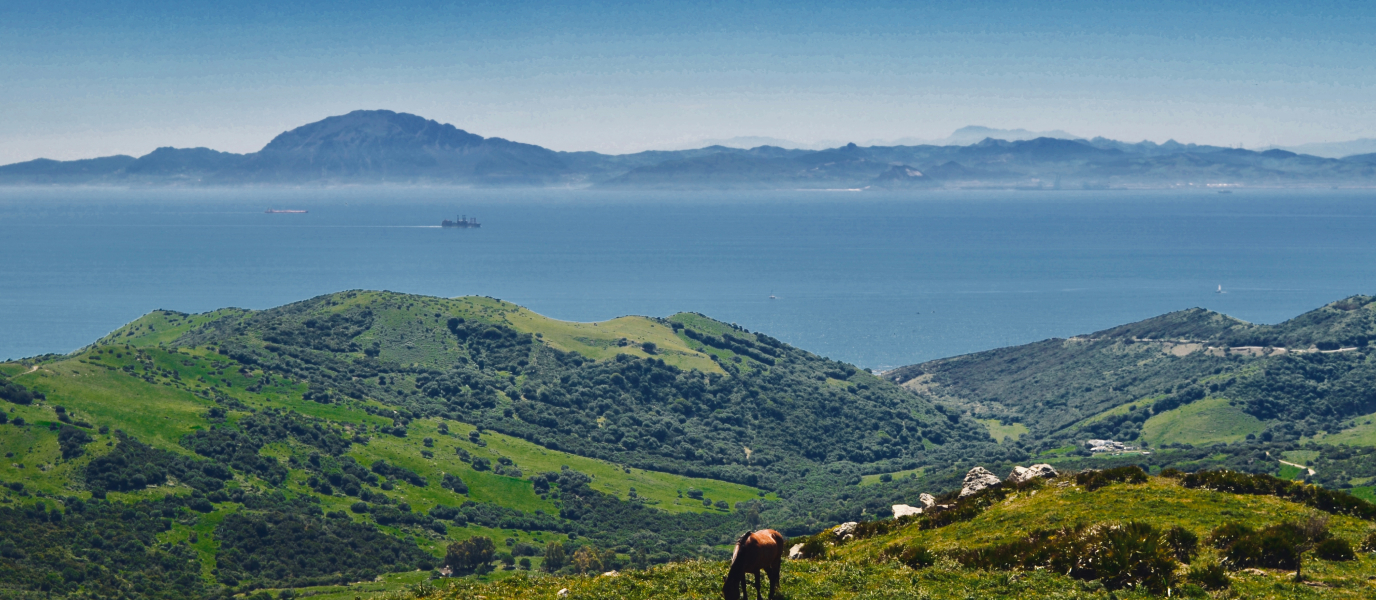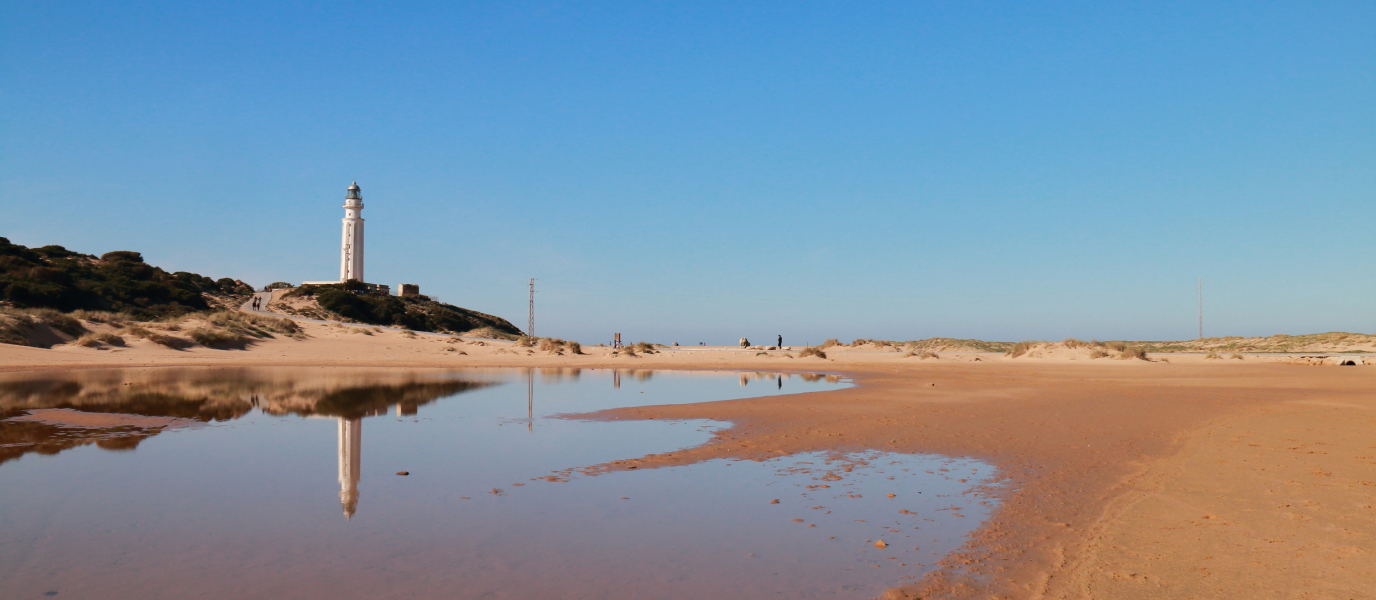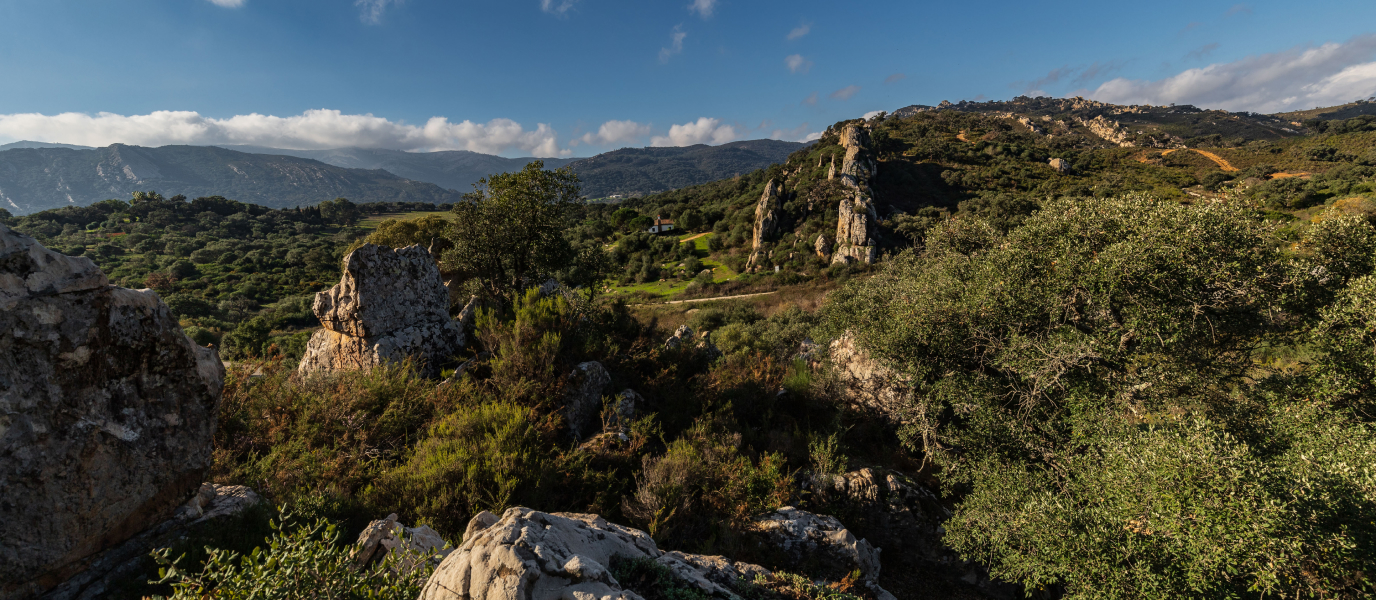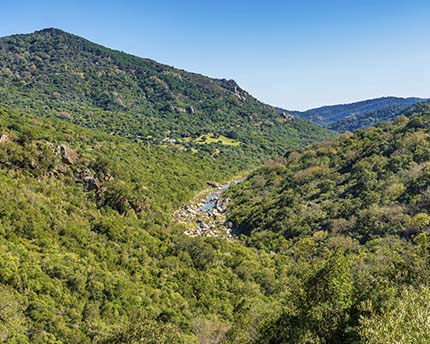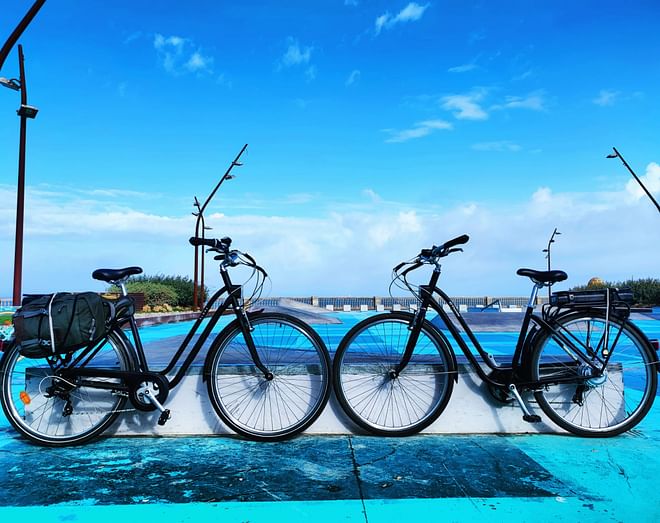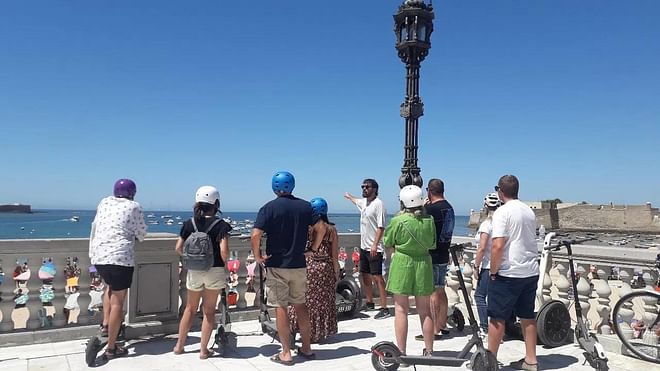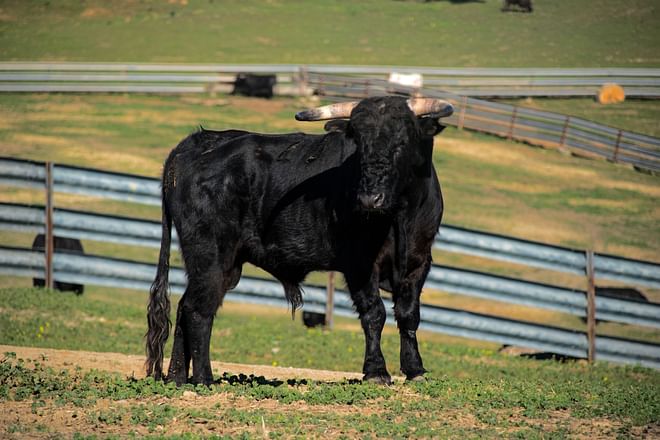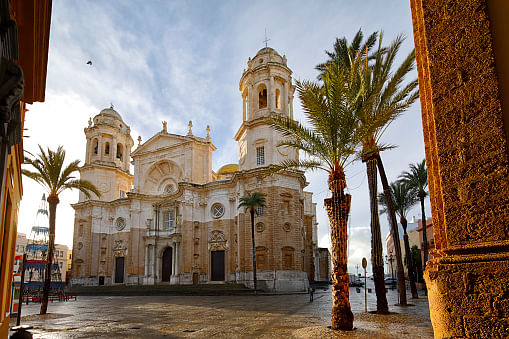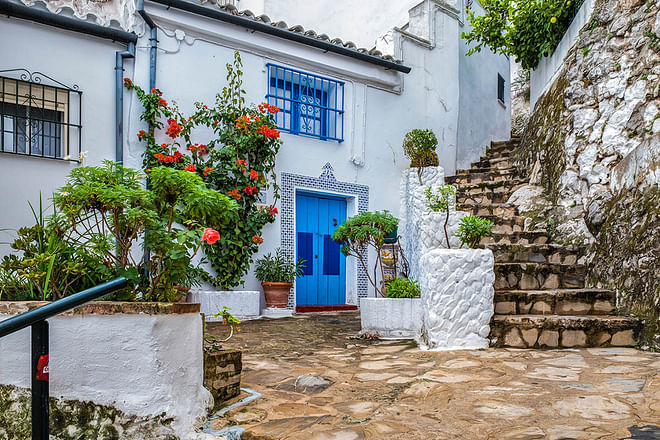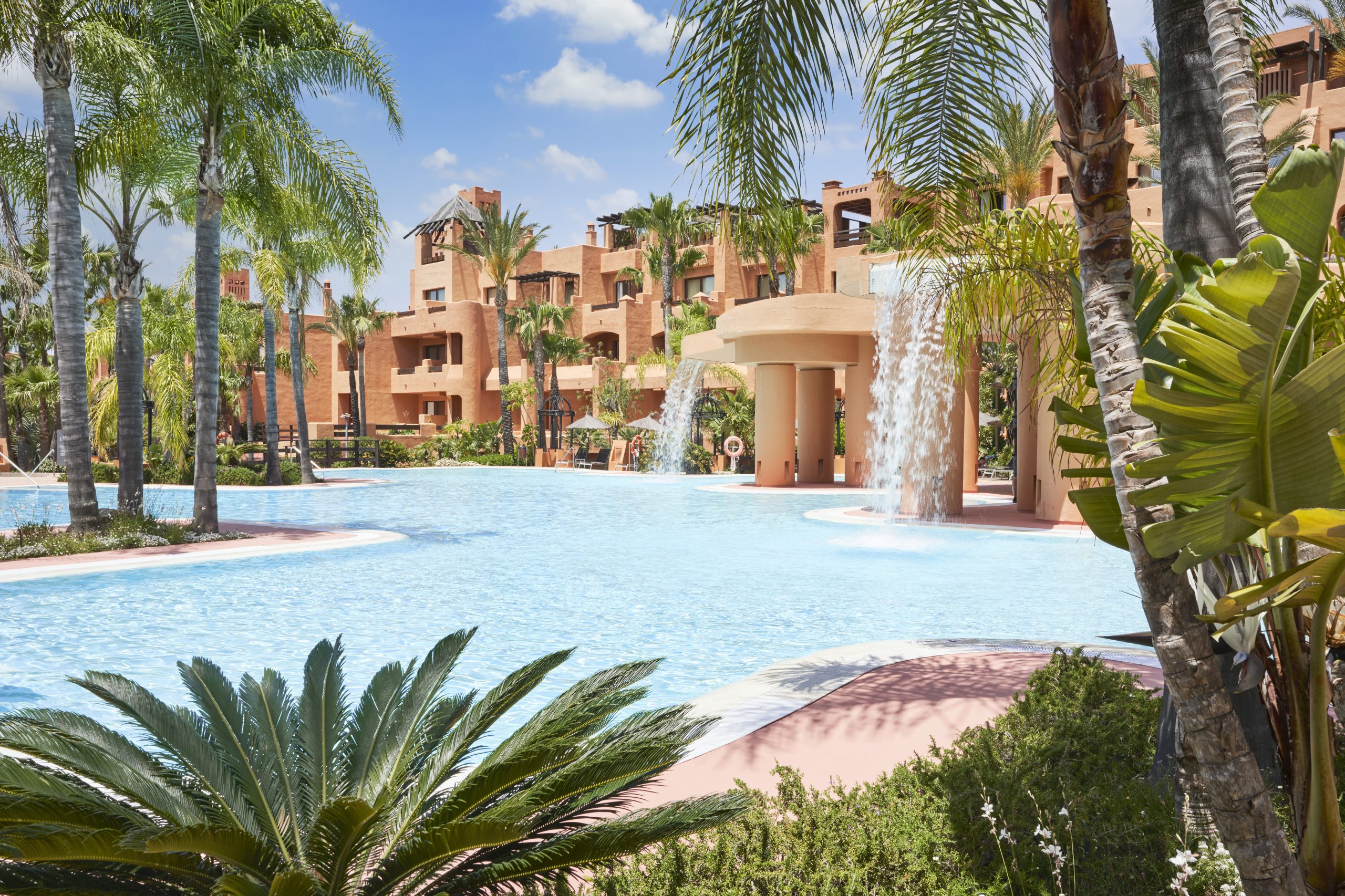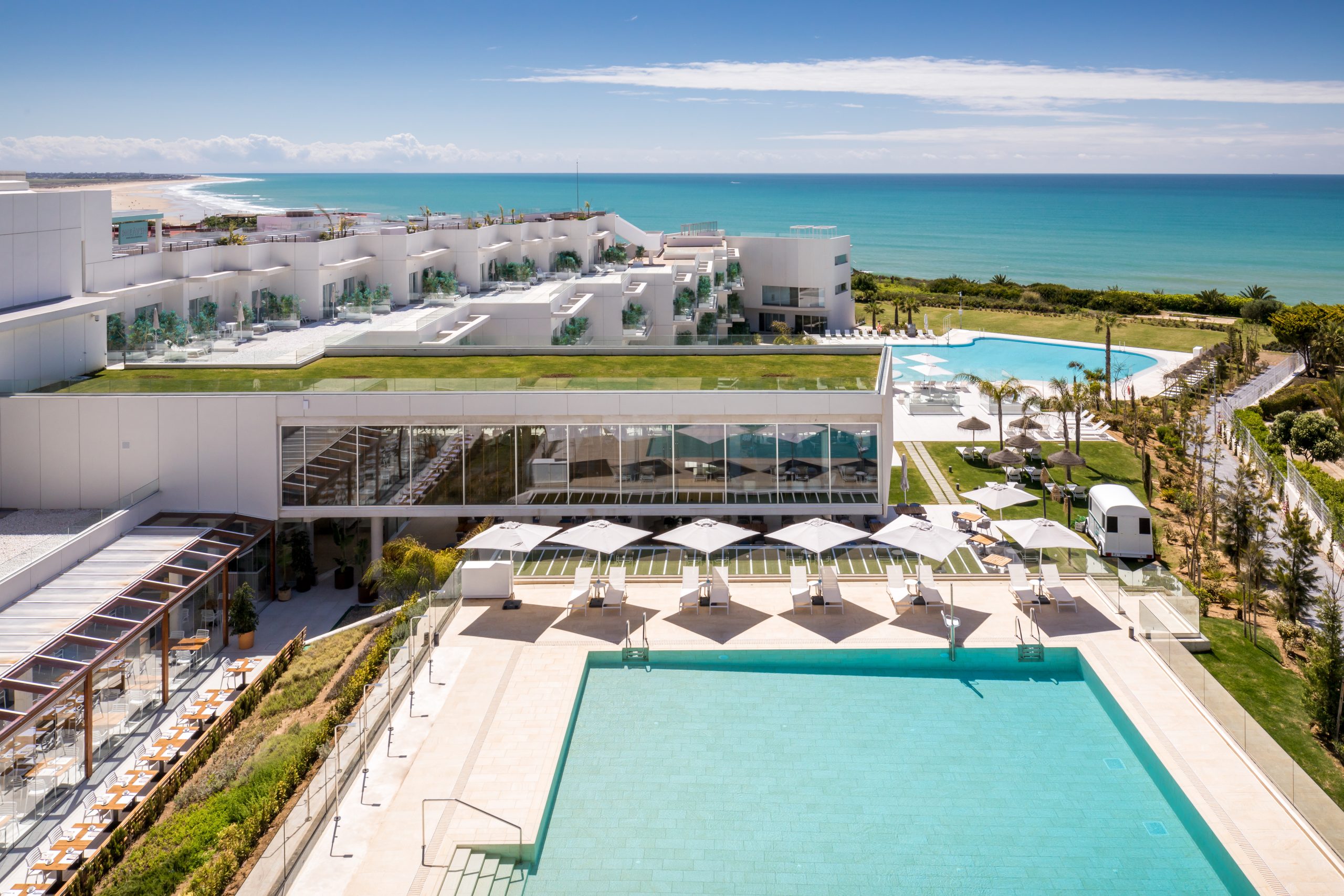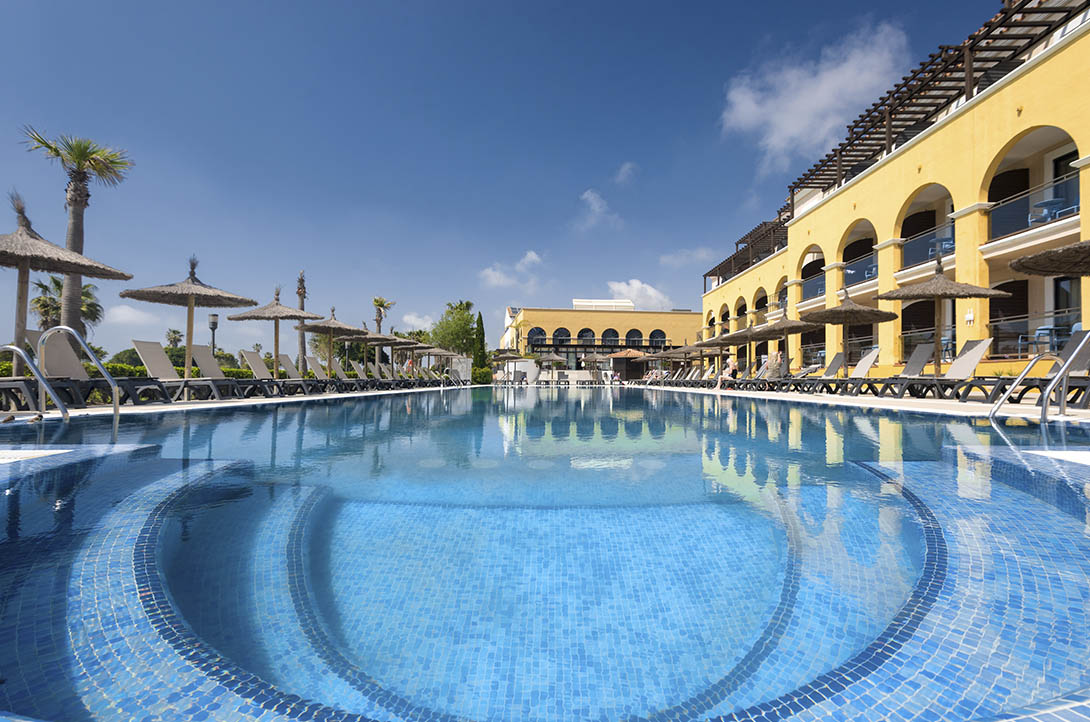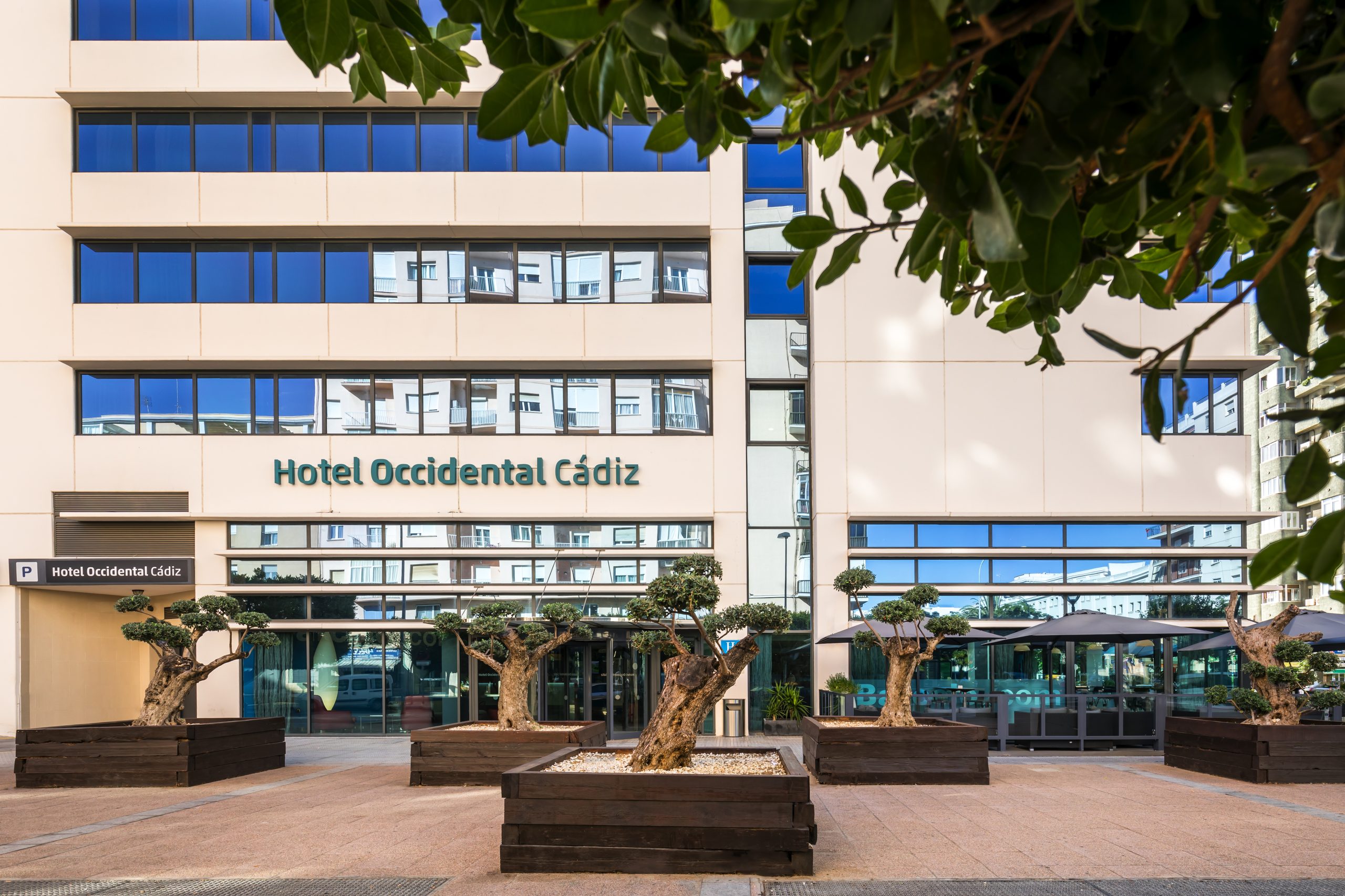The refreshing and unmistakable guitar playing on Paco de Lucía’s popular song Entre dos aguas [Between two waters] could be considered as a tribute to the El Estrecho Natural Park: the southernmost environmental conservation area of the Iberian Peninsula in which “two waters”—the Mediterranean Sea and the Atlantic Ocean—converge. Gazing out across the Strait of Gibraltar—a less-than-15 kilometre stretch that separates Europe from Africa, serving as a fantastic crossing for migratory birds and marine species—is an enthralling experience.
El Estrecho Natural Park is a maritime-terrestrial passage which stretches from the Bay of Getares, west of Algeciras, along the entire coastline, passing through the city of Tarifa until it reaches the Punta de Gracia, close to the Atlanterra housing development (a district of Tarifa). It is curious, therefore, to note that the El Estrecho (meaning ‘the Strait’) Natural Park does not actually comprise the Gibraltar Rock biology reserve.
The park contains a flora and fauna of enormous ecological value, thanks to the area’s favourable climate conditions. It is permanently exposed to easterly and westerly winds, which condition the day-to-day life of local towns. These towns have also learned to use this wind as a valuable source of income, turning the area into a global hub for water sports such as kitesurfing and windsurfing.
The Strait’s strategic position is confirmed by the area’s various archaeological sites, which give us the opportunity to track the footprints of the various ancient civilisations that have settled in the area over the centuries.
El Estrecho Natural Park: crossing of migratory birds
One of the main attractions of El Estrecho Natural Park is the fantastic opportunity to observe migratory birds from all over the continent, as they make their way between Europe and sub-Saharan Africa. Alongside the Bosphorus Strait in Turkey, the Campo de Gibraltar is Europe’s largest ornithological migration site.
El Estrecho Natural Park is often used as a resting place for these birds, either before or after crossing the Strait of Gibraltar. These migrations take place over two stages. In the prenuptial migration stage, which usually occurs in spring (March-May), birds return to Europe to mate and raise their offspring, after spending winter in the warmer lands of central and southern Africa. In the postnuptial migration stage, which takes place in late summer (August-October), they fly back to Africa with their young offspring, where they will spend the entire winter. As such, these are the best times of year to visit the park if you’re looking to go birdwatching.
Birdwatching in Tarifa and Algeciras
The El Estrecho Natural Park contains many different birdwatching observatories. Please note that, depending on the direction in which the wind is blowing, you are more likely to see birds in some slopes of this protected area than others.
If there is an easterly wind, you should choose the observatories on the eastern slope, such as those in Bolonia, Facinas, La Peña, Santuario and Los Lances—all of which are found to the west of Tarifa. In the event of a westerly wind, you’re better off heading to one of the observatories between Tarifa and Algeciras (such as El Cabrito, Cazalla and El Algarrobo).
You should also note that species of bird that you will be able to see will vary from observatory to observatory. There are three main bird groups that cross the Strait: soaring birds, seabirds and passerines. Amongst the soaring birds, there are a high number of storks and many different types of birds of prey, such as the honey buzzard, the black kite and the bald and short-toe snake eagles.
In terms of seabirds—which are best observed from the island of Tarifa—visitors are able to see a large number of shearwaters, gannets and Atlantic puffins. There are also 80 different species of passerines that cross the Strait of Gibraltar, including swallows, swifts, finches and thrushes.
Please bear in mind that, in order to observe these birds, you will need a good pair of binoculars or a ground-based telescope, and a hefty amount of patience. The best time of day for birdwatching is between sunrise and one or two hours prior to midday.
Cetacean spotting trips in the Strait of Gibraltar
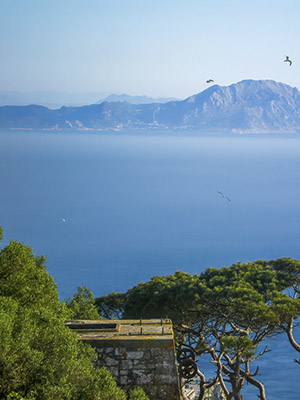
The second main attraction of the El Estrecho de Gibraltar Natural Park is undoubtedly the chance to go cetacean spotting. You should remember that the protected area also includes its waters, which serve as a crossing point in the migration of marine species between the warm waters of the Mediterranean Sea and the cold Atlantic Ocean.
All year round, thanks to the huge fishing grounds that are comprised by its waters, visitors are able to catch sight of short-beaked dolphins, bottlenose dolphins and striped dolphins, in addition to Risso’s dolphins and orcas. The latter wait in strategic locations along the Strait for the crossing of bluefin tuna, ready to hunt them. In late spring, the bluefin tuna cross the Strait towards the Mediterranean to spawn, before returning to the Atlantic Ocean in summer. You can catch sight of many spectacular creatures in the El Estrecho Natural Park, such as sperm whales which feed in the Strait, flying fish, sword fish and ocean sunfish.
Many companies offer boat trips that give visitors the opportunity to catch sight of cetaceans and other marine animals. These boats depart from the Port of Tarifa, with trips of different durations. Most of these companies offer their services between March and November.
Baelo Claudia: the Roman city in a spectacular setting
The El Estrecho Natural Park is highly regarded for the incredible beaches surrounding the municipality of Tarifa, with Punta Paloma and Bolonia—with their iconic sand dunes—being the most popular ones. Bolonia is home to the archaeological remains of a once-prosperous city of the Roman Empire: Baelo Claudia.
This archaeological site, declared a National Historic Monument, was once the hub of a thriving salting industry that provided for the entire Roman Empire. The locals of Baelo Claudia also made the garum fish sauce, which could only be afforded by the most affluent classes in Roman civilisation.
A visit to the remains of this Roman city confirms the strength of its industry, with visitors being able to pick out the different warehouses that were used to prepare the fish, the sheer size of the buildings, the city’s forum and its imposing amphitheatre. The archaeological site has a recently-opened museum, showcasing each of the decorative and sculptural pieces that have been recovered.

























































